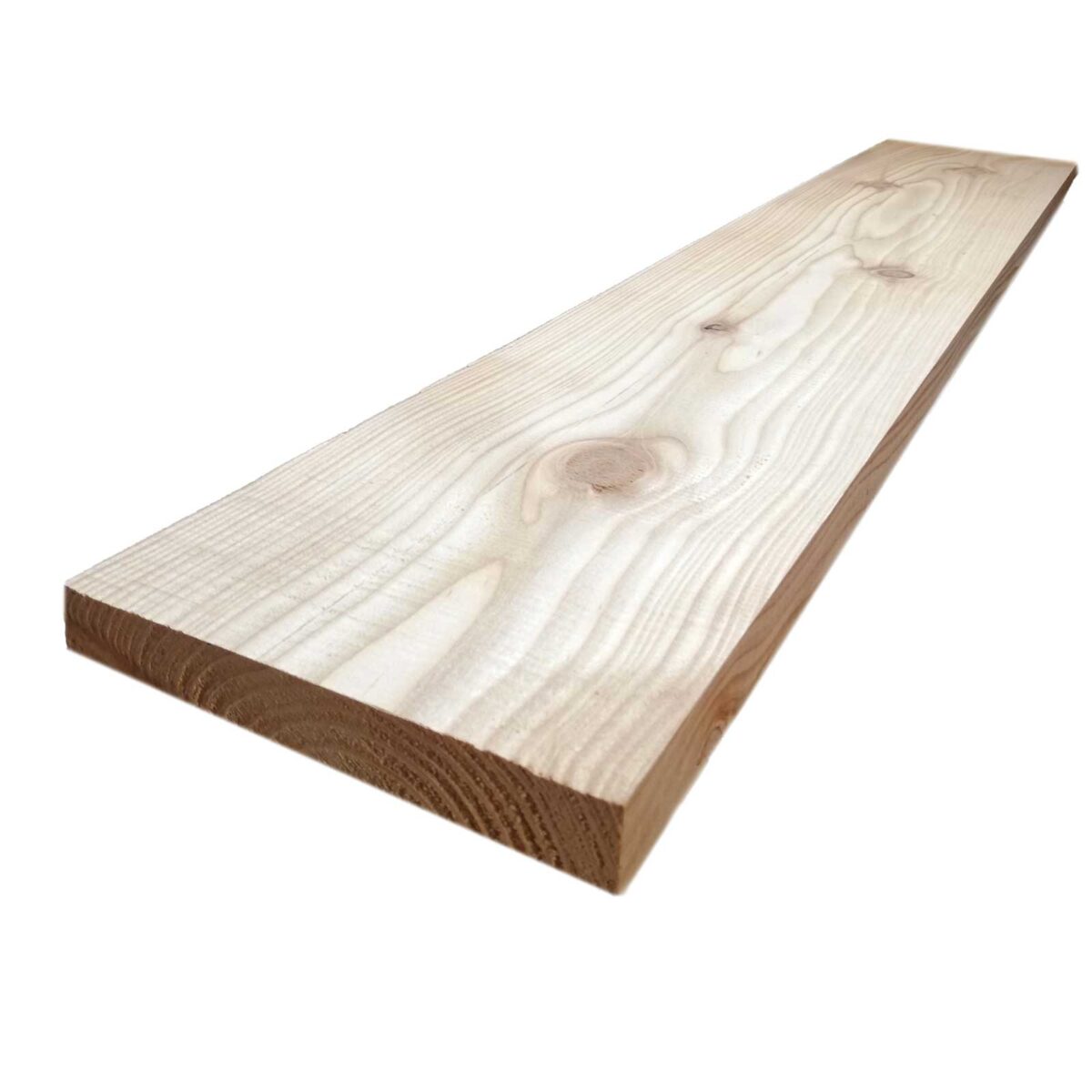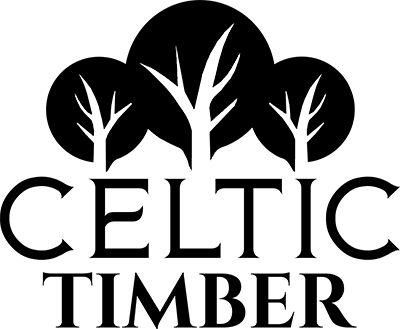

What is CLS timber?
CLS timber is kiln-dried, planed wood with rounded edges, widely used in construction for its stability, uniform dimensions and ease of handling. All of that makes it ideal for framing and interior projects.
If you've ever found yourself wandering through the aisles of your local timber shop or scrolling through pages of wood products online (which, if you’re reading this article, you probably have), you’ve probably stumbled across it.
CLS timber isn't just another piece of wood; it's a go-to for many builders and DIY enthusiasts alike. But what exactly is CLS timber, what could you use it for and why is it so popular? In this article, we answer some burning questions you might have about this versatile material.
What does CLS timber stand for?
The CLS in CLS timber stands for ‘Canadian Lumber Standard,’ and it's not just any old timber.
Originating in Canada for the manufacturing of sturdy and reliable timber-framed houses, CLS timber has since become a global standard in the construction industry. Its unique characteristics (more on those below) make it ideal for a wide range of projects beyond its Canadian roots.
What are the benefits of CLS timber?
CLS timber isn't just your average wood; it's a standout choice for a variety of projects, thanks to its unique set of advantages. Here are the main benefits that make CLS timber a favourite among builders and DIY enthusiasts:
- CLS timber is kiln-dried, which significantly reduces its moisture content. Kiln-drying makes the wood more stable and less prone to warping or twisting over time, ensuring your projects maintain their shape and integrity.
- Unlike rough-cut lumber, CLS timber comes with planed surfaces and softly rounded edges. This not only makes it more aesthetically pleasing but also safer to handle, reducing the risk of splinters and making it easier to work with.
- CLS timber has consistent dimensions. This uniformity is crucial for projects requiring precise measurements and alignments, such as framing work, where consistency is key to a stable structure.
- This type of timber often comes from sustainably managed forests, so it’s a more environmentally responsible option. Using CLS timber supports sustainable practices in the lumber industry, contributing to the conservation of forests and biodiversity.
- Thanks to its strength, stability and good looks, CLS timber is incredibly versatile. It's suitable for a wide range of applications, from structural framing to aesthetic interior projects like shelving, cabinetry and furniture.
- When compared to other types of processed lumber, CLS timber is often more affordable without compromising on quality. This makes it an excellent choice for both large-scale construction projects and smaller DIY tasks where budget is a consideration.
- The smooth surface of CLS timber makes it easy to paint, stain or treat, allowing you to customise the appearance according to your project needs. Whether you're aiming for a natural wood finish or a specific colour scheme, CLS timber can accommodate your aesthetic preferences.
What is CLS timber used for?
CLS timber is a bit of a jack-of-all-trades. It's most commonly used in interior framing and construction projects, like partition walls, framing out rooms or for building sturdy furniture.
Its uniform dimensions and reliable quality mean that it's a great choice for projects where you need precision and strength.
Can you use CLS timber outside?
While CLS timber is a champ indoors, its natural habitat isn't quite the great outdoors without a little help.
If it's properly treated and maintained (see below), CLS timber can last outside for a good while. However, it's not inherently designed for outdoor use, so think twice before making it the backbone of your outdoor deck or garden shed.
Is CLS timber treated?
Now, this is where things get interesting. By default, CLS timber isn't treated. It's like a blank canvas, ready for you to treat it as needed based on your project requirements. And that leads us on to…
What can you treat CLS timber with?
When it comes to treating CLS timber, the possibilities are quite broad, depending on your intended use and desired outcome.
For enhancing durability, especially for outdoor applications, preservatives such as copper-based treatments, which protect against rot and insect damage, are commonly used.
For interior projects where aesthetics are key, varnishes, stains or paints can be applied to CLS timber to both protect the wood and give it a specific look or finish. These treatments can enhance the natural beauty of the wood, match existing décor or provide a bold contrast.
Additionally, for areas prone to moisture, water-repellent treatments can be applied to help prevent water absorption and extend the life of the timber.
Is CLS timber waterproof?
Out of the gate, CLS timber isn't waterproof. But don't let that dampen your spirits! With the right water-repellant treatment, you can enhance its resistance to moisture and make it more suitable for damp environments or outdoor projects.
Can you use CLS timber for decking?
While you could use CLS timber for decking, it might not be the best candidate for the job without some serious prep work, like thorough treatment and regular maintenance.
There are better-suited materials for decking, like European Oak for example, but CLS timber can still play a role in your deck's underlying structure if you treat it correctly.
What's the difference between C16 and CLS timber?
When it comes to timber, not all woods are created equal. C16 timber is another common type you might encounter. The ‘C16’ designation refers to the strength grade of the wood, with C16 being a standard grade for structural softwoods.
While CLS timber focuses on dimensions and surface qualities, C16 grading is all about the timber's load-bearing capabilities. So, while CLS is great for framing and aesthetic projects, C16 timber might be your go-to for structural needs where strength is paramount.
How is Celtic Timber’s timber graded?
We do not grade our softwoods. As a company, we produce 0% wood waste so use the whole of the log from the whole of the tree to produce our boards.
Our kiln-dried oak boards are joinery grade (QF1) while our oak beams are structural/character grade (QF2/3).
Unsure what wood you need for your next project? Contact our expert team for help.
